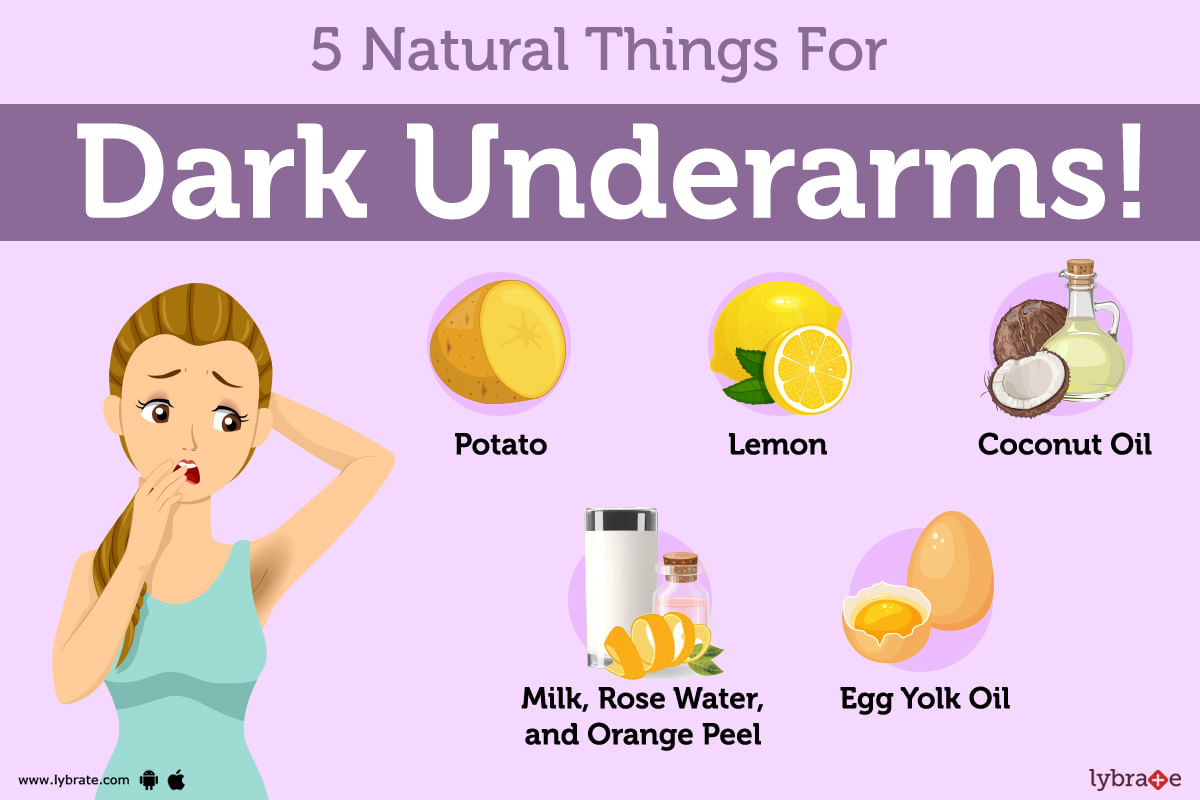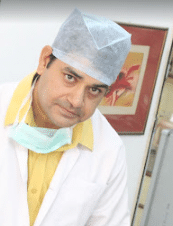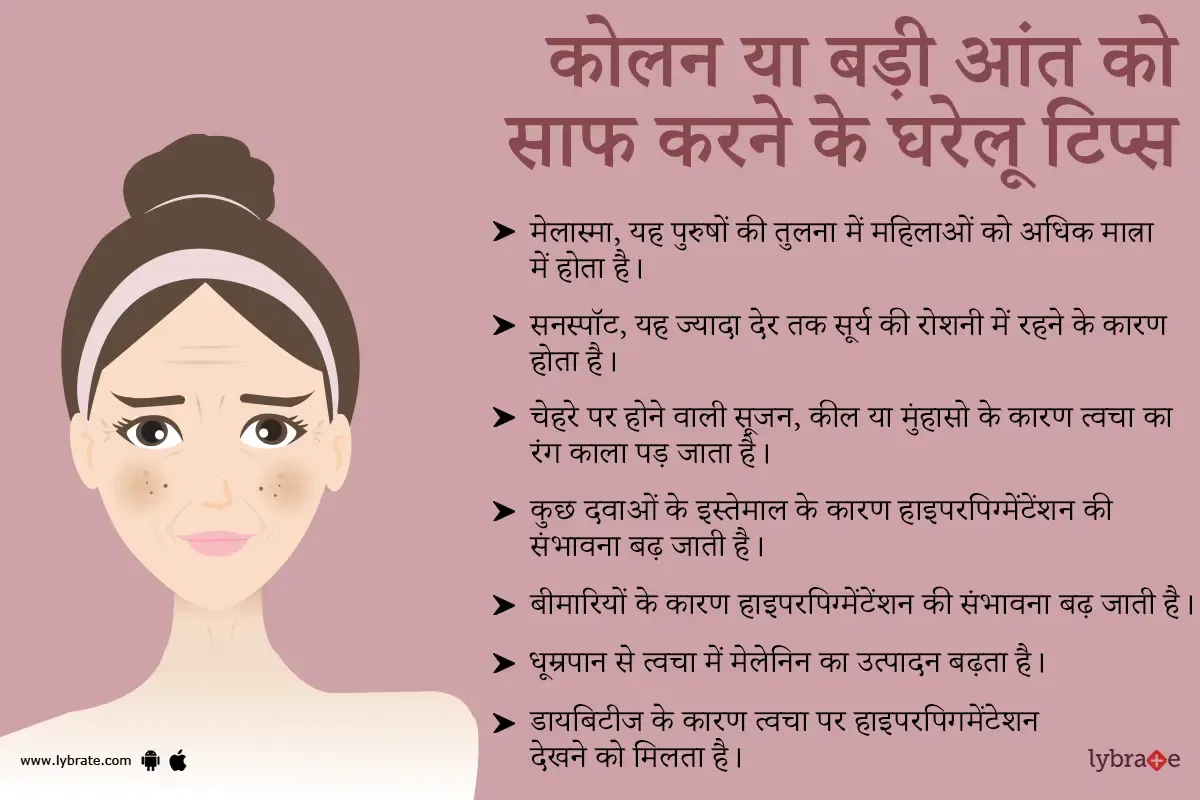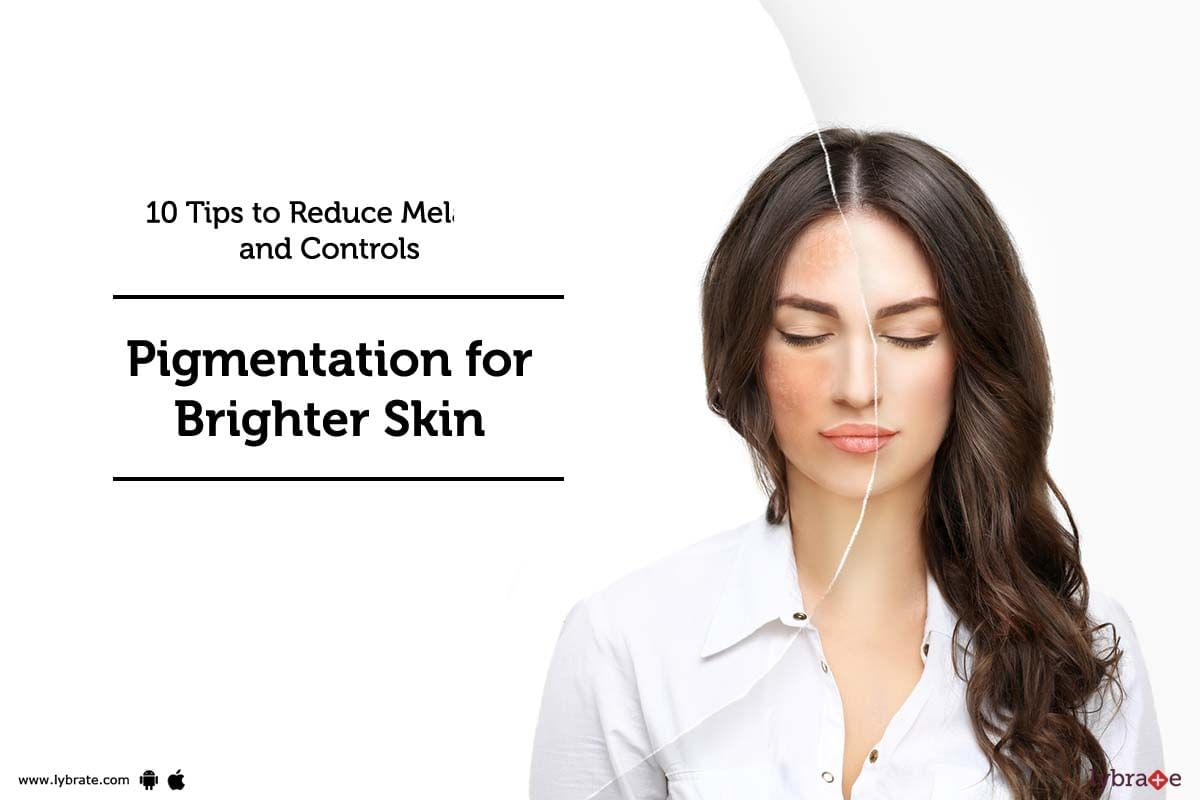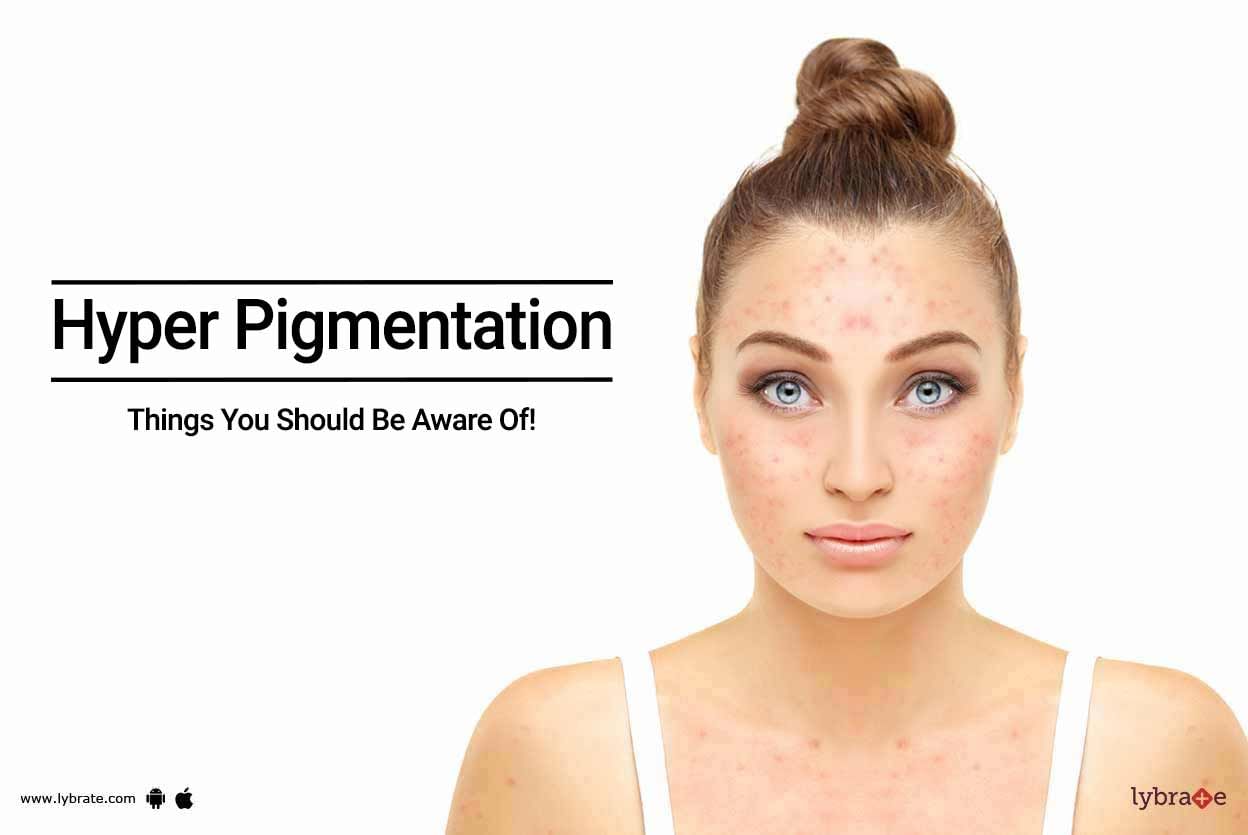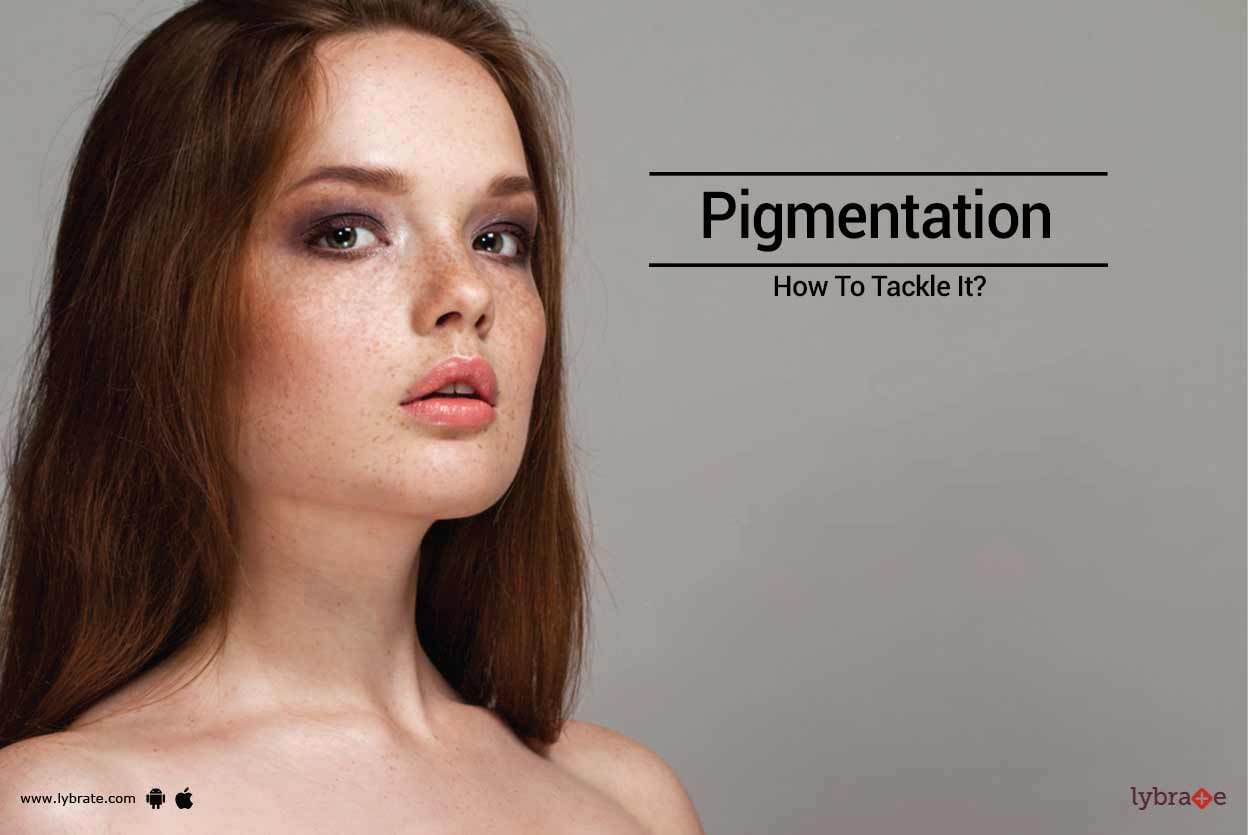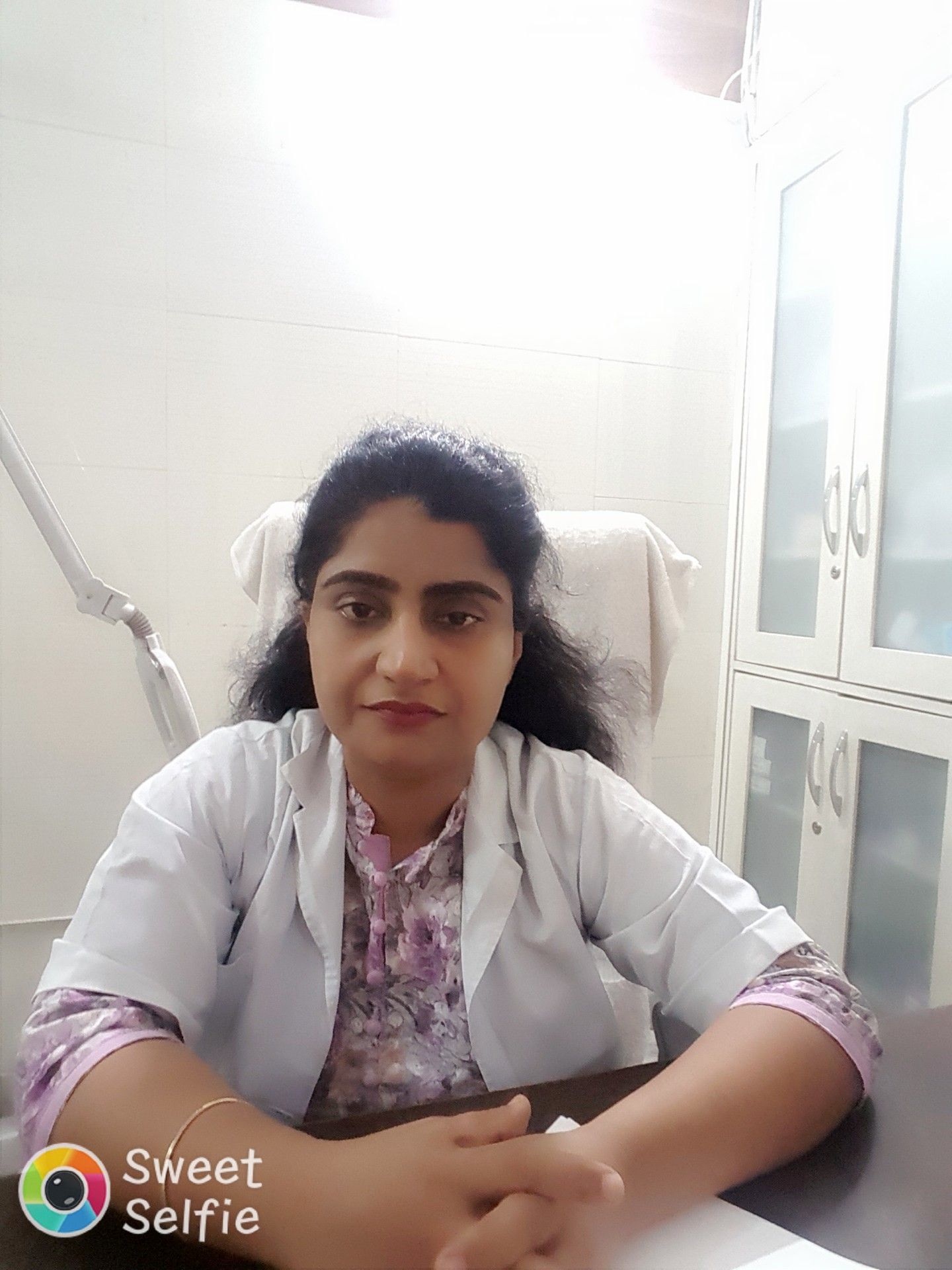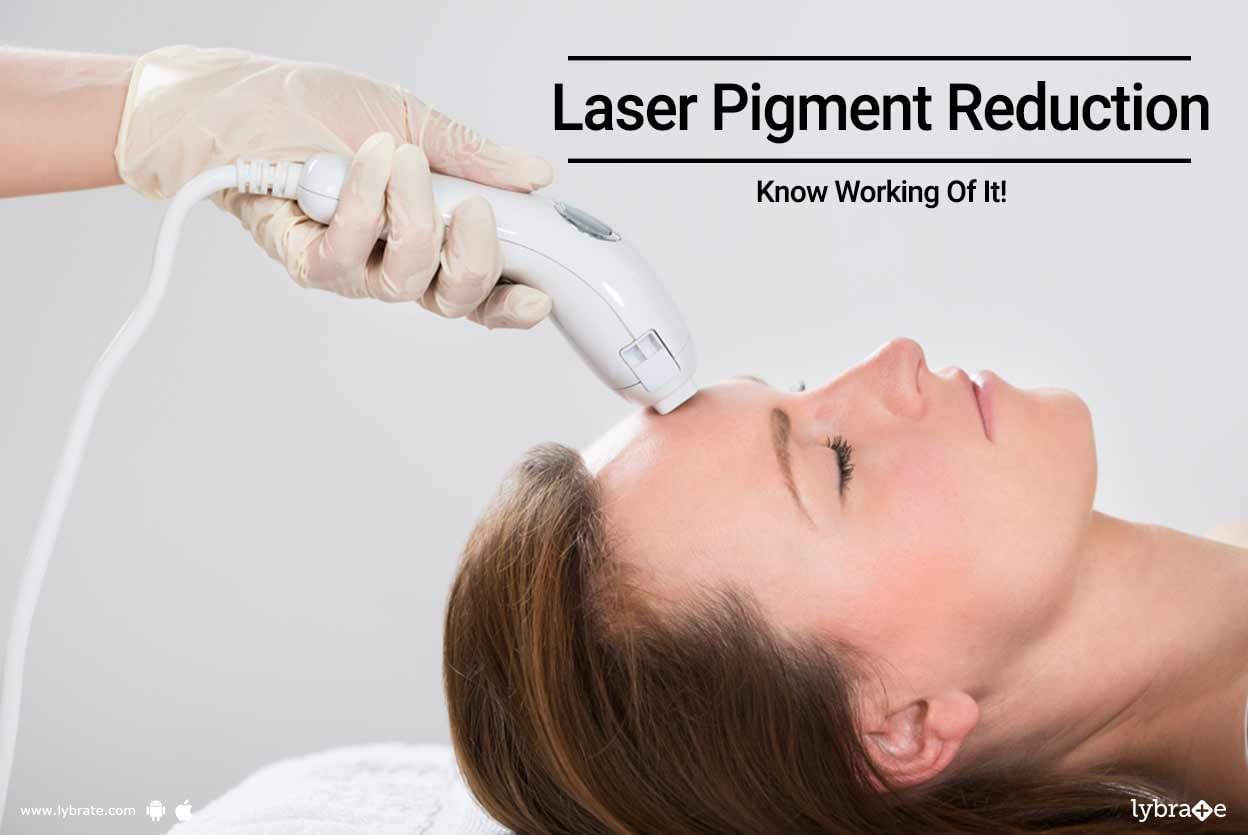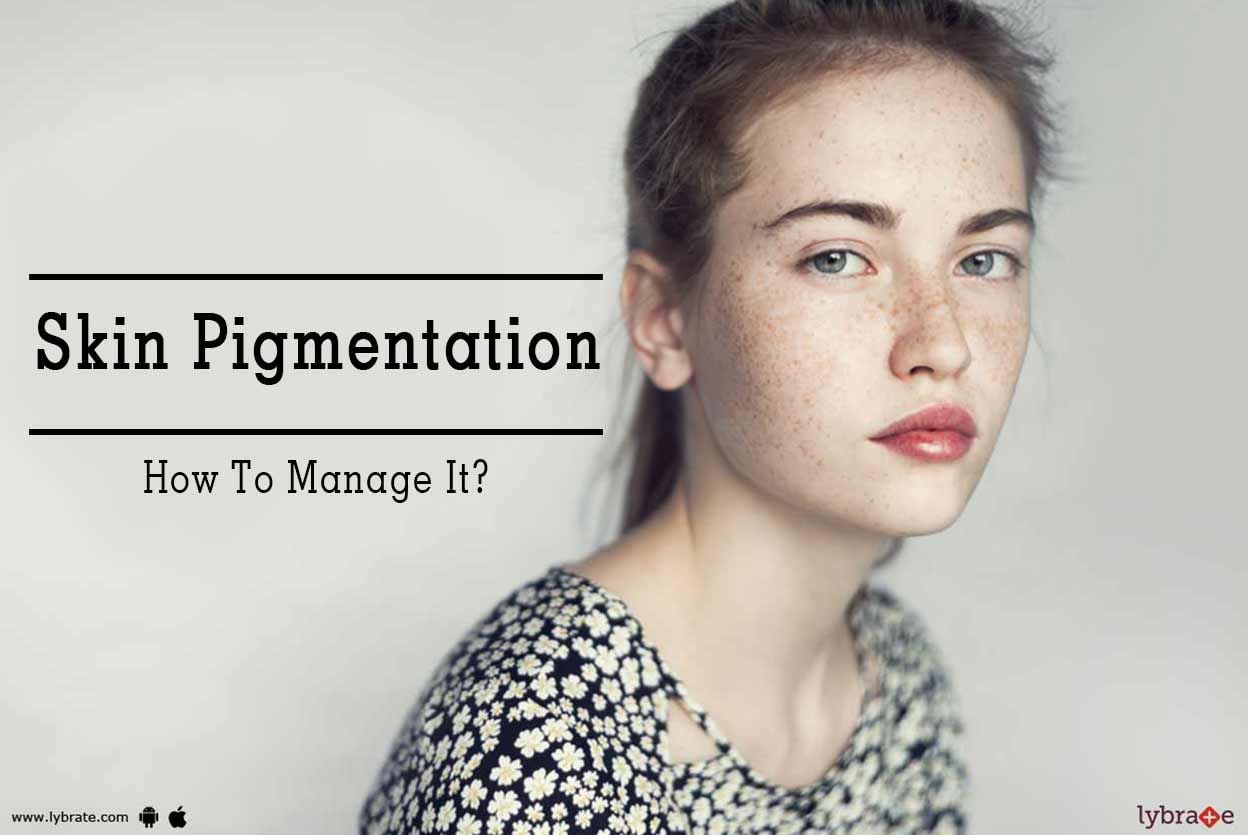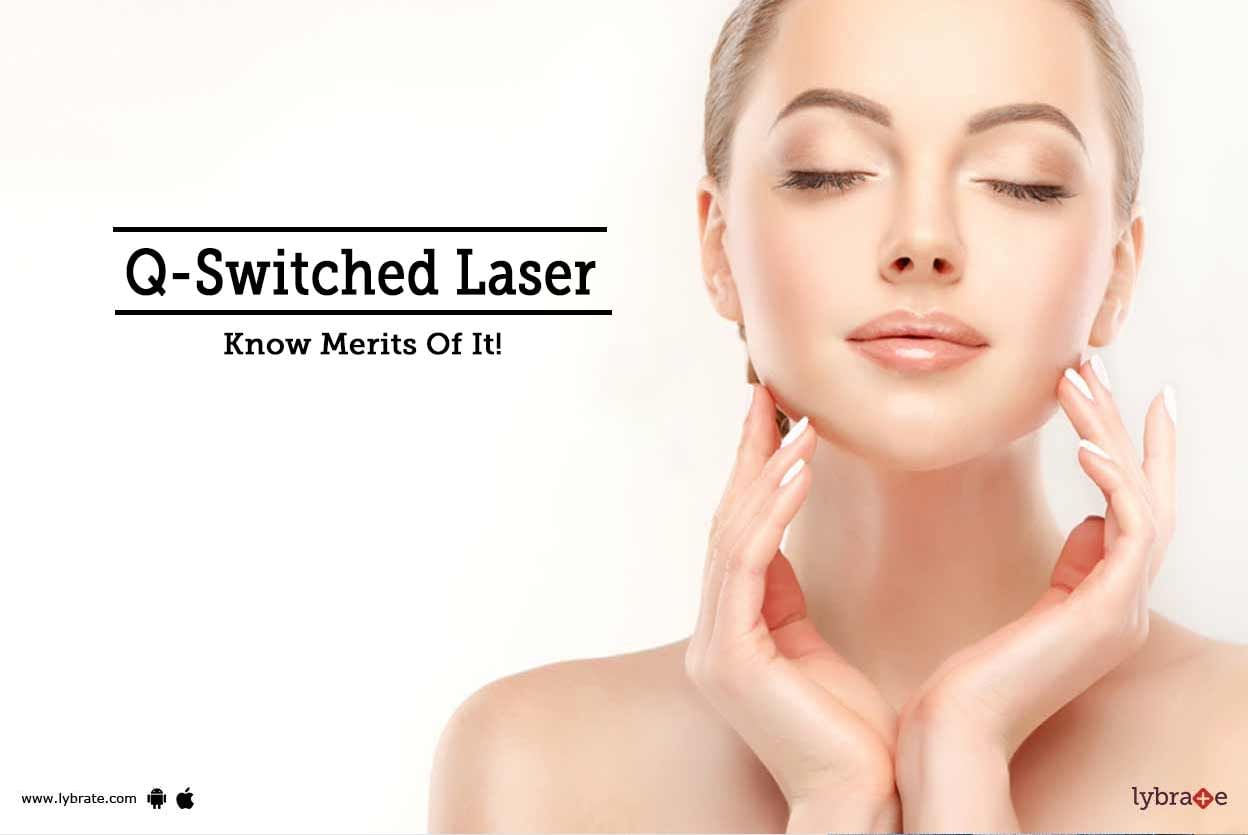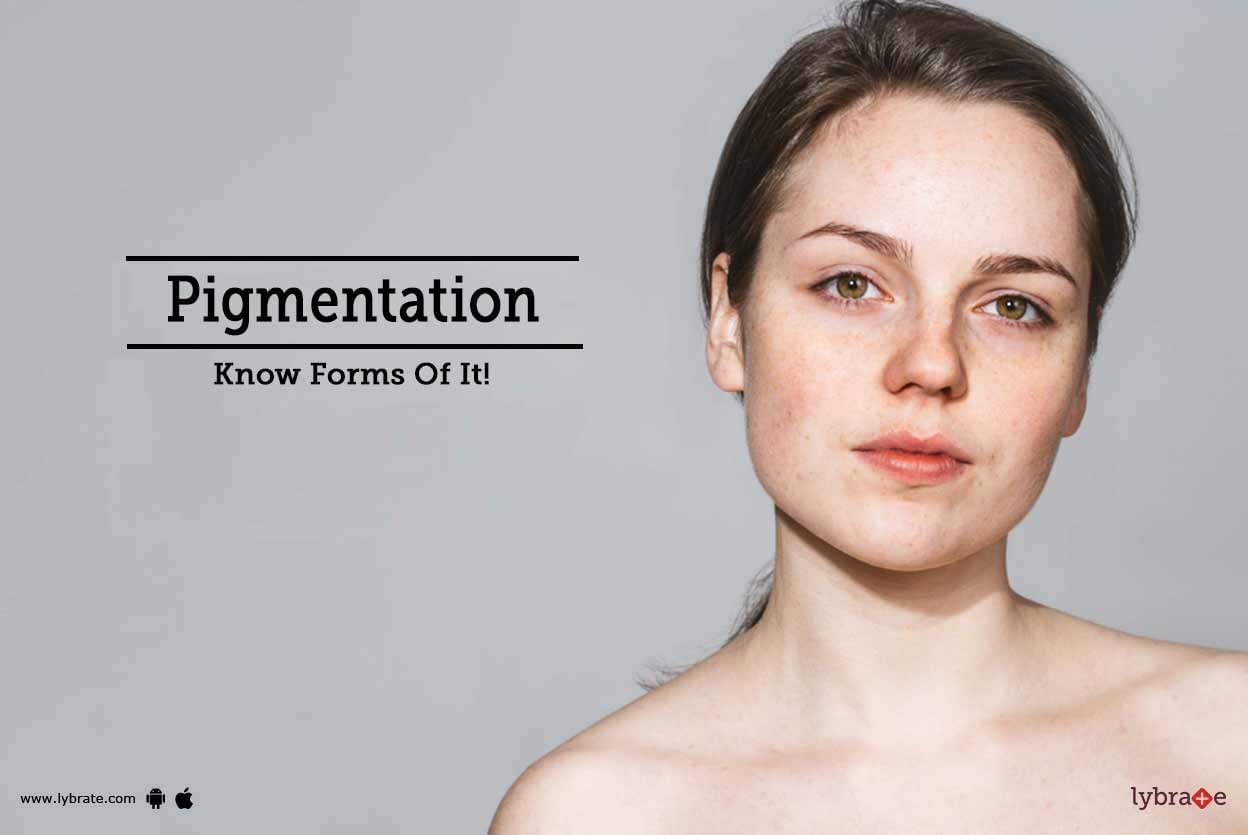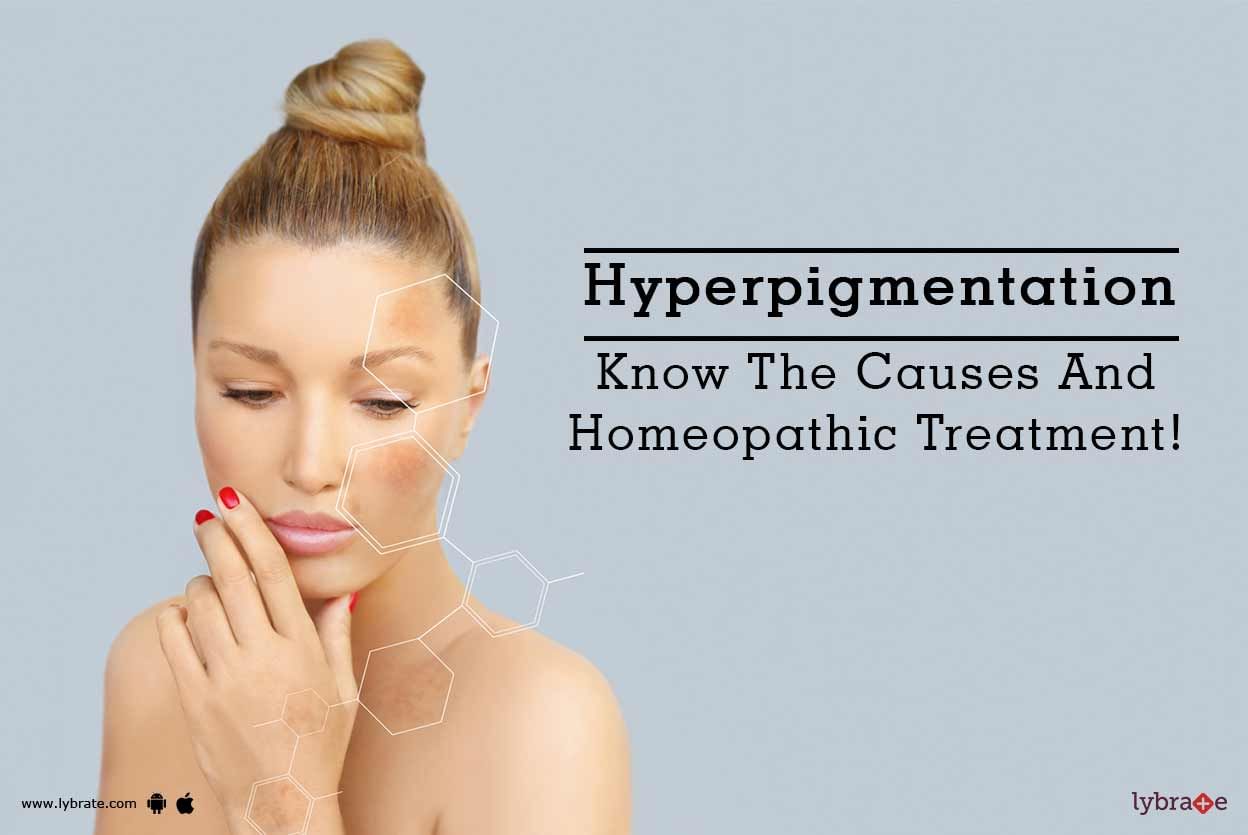Get the App
For Doctors
Login/Sign-up
Health Feed
Find Doctors
Health Packages
AllQ&AsTipsQuizzes
Pigmented Skin Tips
Last Updated: 3 years ago• Featured Tip
Share
Bookmark
Report
In the body there are many body parts which are dark or have dark light patches. When we have dark skin color we don't like to wear sleeveless clothes or swimming suits. This becomes odd for people, they feel uncomfortable in themselves.
There are many cause of dark underarm:
Deodorants and antiperspirants have chemicals that sensate the body when used and are the cause of darkening the skin by reacting with skin. ;
Shaving the underarm c...more
204 people found this helpful
Last Updated: 3 years ago• Featured Tip
Share
Bookmark
Report
हाइपरपिग्मेंटेशन का अर्थ है त्वचा पर पड़ने वाले ऐसे गहरे रंग के धब्बे जो आपका त्वचा के रंग से मेल नहीं खाते। यह तब होता है जब त्वचा में अतिरिक्त मेलेनिन का उत्पादन होने लगता है।मेलेनिन वो तत्व है जो त्वचा को उसका रंग देने के लिए ज़िम्मेदार होता है। यह हर प्रकार की त्वचा के लोगों को प्रभावित कर सकता है। आजकल हाइपरपिग्मेंटेशन बहुत आम समस्या है। ये कई कारणों से हो सकता है जैसे त्वचा पर जलन, खरोंच, मुंहासे, चकत्ते या अन्य किसी चोट के कारण । इन सभी मामलों में त्वचा में अधिक मेलेनिन का उत्पादन हो सकता...more
2228 people found this helpful
Last Updated: 3 years ago• Featured Tip
Share
Bookmark
Report
The pigment which is responsible for the black colour of our hairs, skin and eyes is called melanin. Every person has a different skin colour. To understand why there is a difference of skin colour from person to person we must know about the layers of the skin. The epidermis contains two types of cells the keratinocytes and the melanocytes. The melanocytes are present at the base of the epidermis and responsible for the production of melanin pigment. The melanosomes are the melanin factory insi...more
Last Updated: 5 years ago• Featured Tip
Share
Bookmark
Report
Every girl dreams of blemish-free skin that glows and can remain youthful forever. However, this remains a dream for many. Most people are unhappy with their skin as they combat various common issues such as dark spots, hyperpigmentation, etc.
The skin has a pigment known as melanin in the underlying layers, which gives our skin its color. Greater the amount of melanin, darker is a person s complexion. Hyperpigmentation is when there are some areas of the skin that are darker than the ...more
The skin has a pigment known as melanin in the underlying layers, which gives our skin its color. Greater the amount of melanin, darker is a person s complexion. Hyperpigmentation is when there are some areas of the skin that are darker than the ...more
Last Updated: 6 years ago• Featured Tip
Share
Bookmark
Report
Our skin gets its colour from melanin. This is a pigment that is produced by a special kind of skin cells. When these cells get impaired then melanin production is also affected. This leads to discolouration of the skin which is called pigmentation. Pigmentation can manifest in many ways. Production of excessive melanin, excessive exposure to the sun, pregnancy and Addison's disease - all these make the skin darker.
On the other hand, too little melanin production leads to the lightenin...more
On the other hand, too little melanin production leads to the lightenin...more
Last Updated: 6 years ago• Featured Tip
Share
Bookmark
Report
Everybody dreams of perfect flawless skin that will complement their personality and boost confidence. But owing to an unhealthy lifestyle and polluted environment, our skin gradually goes through wear and tear, and as a result gets damaged. Skin pigmentation can be embarrassing and annoying. Pigmentation refers to the lightening or darkening of your skin, appearance of brown pigments and dark spots. People who are exposed to the sun frequently are more likely to develop these spots on the face....more
Last Updated: 6 years ago• Featured Tip
Share
Bookmark
Report
The colour of one's skin is determined by melanin that is made by special skin cells. Melanin gives the skin its colour without which our skin would be pale pink. Skin pigmentation is dependent on the amount of melanin that is being produced. Skin pigmentation conditions may plague many people when there is an imbalance in the melanin production within the skin, due to damage to these melanin-producing cells. Let us find out more about these conditions-
Melanin Production:
If t...more
Melanin Production:
If t...more
Last Updated: 6 years ago• Featured Tip
Share
Bookmark
Report
Over the past few years, the use of Q-switched laser technique for removing brown spots from the skin has gained popularity. This procedure is used for laser skin treatments like laser skin toning and photo facial and has been observed to offer dramatic results. Whether it s the sun freckles or the unwanted brown spots on the facial skin, the billionths of seconds laser energy pulse that that is projected on the skin, known as the Q-switched laser, release the skin pigment in such a way that it ...more
Last Updated: 6 years ago• Featured Tip
Share
Bookmark
Report
Pigmentation or hyperpigmentation is a skin condition that affects 80% of women in their lifetime. It is caused when patches of the skin turn dark. It is a relatively simple condition that occurs when there is excess melanin in the skin. There are different types of pigmentation, and one kind of treatment may not be effective on the others. Let us take a look at it in depth and understand the nature of pigmentation.
What is pigmentation?
Pigmentation is something that affects almost...more
What is pigmentation?
Pigmentation is something that affects almost...more
Last Updated: 6 years ago• Featured Tip
Share
Bookmark
Report
Hyperpigmentation is a medical condition which occurs when an area of the skin becomes much darker in comparison to the rest of the skin tone. This happens due to an excess of a pigment called melanin. Hyper-pigmentation is fairly common and many people have reported this condition at some point in their lives.
Types of Hyperpigmentation-
Lentigines or Freckled Skin They are mainly freckles which arise on the skin.
Solar Lentigines Although these are known as age s...more
Types of Hyperpigmentation-
Lentigines or Freckled Skin They are mainly freckles which arise on the skin.
Solar Lentigines Although these are known as age s...more
Book appointment with top doctors for Pigmented Skin treatment
View fees, clinic timings and reviews
Ask a free question
Get FREE multiple opinions from Doctors
posted anonymously


